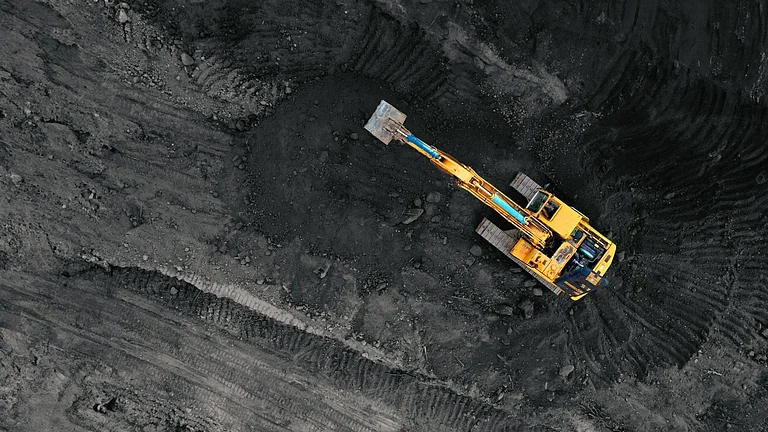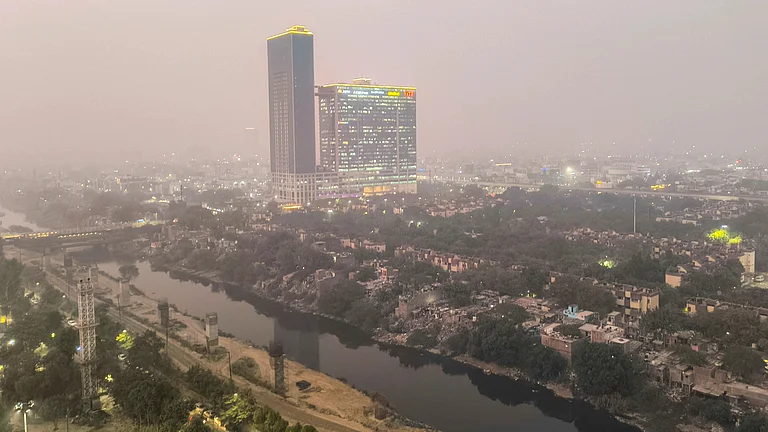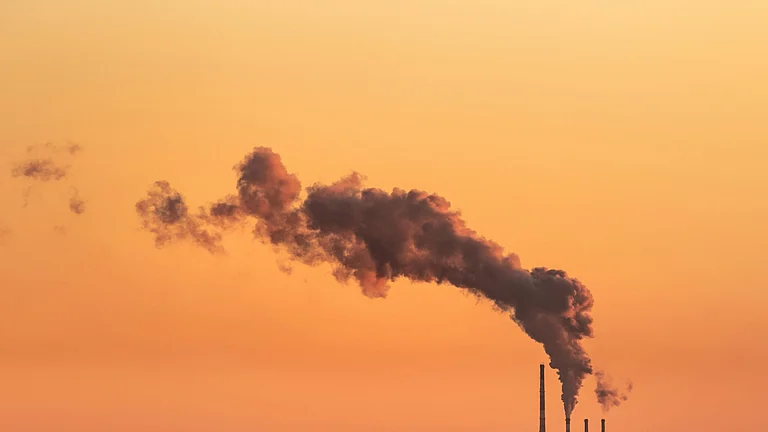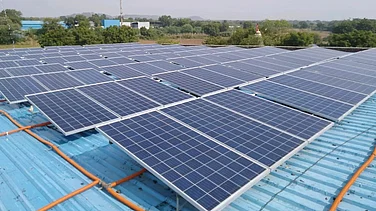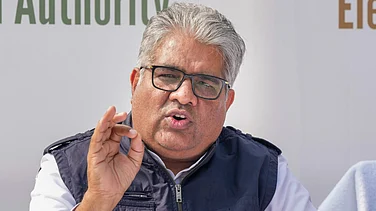India’s vehicle population is expected to see exponential growth by 2070, threatening its ambitious net-zero emissions target. Passenger vehicles are projected to increase from 193 million in 2019-20 to 897 million by 2070-71, while freight vehicles will rise from 11 million to 69 million. This will drive a fourfold increase in passenger demand and a 12-fold surge in freight demand, according to The Energy and Resources Institute’s (TERI) report, 'Roadmap for India’s Energy Transition in the Transport Sector'.
The expanding fleet of internal combustion engine (ICE) vehicles is expected to raise fossil fuel consumption to 188–206 million tonnes of oil equivalent (Mtoe) by 2070-71, even under aggressive decarbonisation efforts. Consequently, greenhouse gas (GHG) emissions will triple, reaching 391 million tonnes of CO2 equivalent. Such trends pose a significant obstacle to India’s decarbonization goals and underscore the urgent need to prioritise electric vehicle (EV) adoption.
Even under the 'Highly Ambitious' decarbonisation scenario, fossil fuel demand will decline only after 2050-51, remaining above 2030-31 levels until 2070-71. This highlights the inadequacy of current measures in mitigating the environmental impact of vehicle growth.
Accelerating EV Adoption
India’s EV transition has gained momentum, supported by government initiatives like the Faster Adoption and Manufacturing of Electric and Hybrid Vehicles Phase II (FAME II). Active between April 2019 and March 2024, FAME II provides incentives for EV purchases, complemented by state-specific subsidies and a reduced Goods and Services Tax (GST) rate of 5 percent for EVs compared to 28 percent for ICE vehicles. These measures have fuelled EV demand, reflecting India’s commitment to a cleaner transport sector.
Achieving widespread EV adoption requires significant financial backing. As per the Climate and Sustainability Initiative’s report India’s Auto Industry: Mapping the Course to Net Zero by 2070, India will need vehicle loans worth USD 9.6 trillion by 2070. Annual loan volumes must grow from USD 20 billion in 2020 to over USD 410 billion by 2070, necessitating a 6–18 percent annual growth rate. Policymakers and regulators must ensure that financing mechanisms keep pace with demand to avoid disruptions in the EV transition.
India’s transportation sector faces a dual challenge: meeting the mobility needs of a rapidly growing population while mitigating its environmental impact. To achieve its net-zero target, India must accelerate EV adoption through sustained policy support, innovative financing solutions, and collaborative efforts between governments, industries, and financial institutions.
Only by prioritising clean mobility solutions can India balance economic growth with environmental sustainability and secure a low-carbon future.








